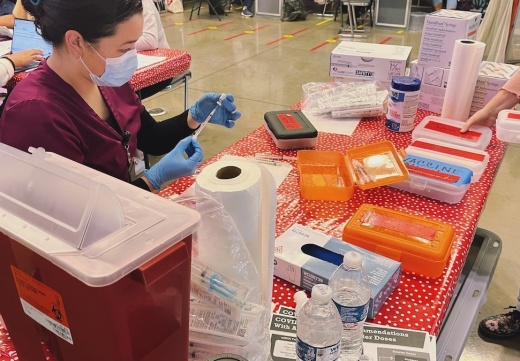The gist
Dr. Desmar Walkes, the Austin-Travis County health authority, said in the news release that although the emergency declaration is coming to an end, that does not mean the end of COVID-19.
“Our work continues preventing disease within our community as long as this virus persists,” Walkes said.
What's changing
- APH officials are finalizing updated COVID-19 dashboards to be in alignment with the Centers for Disease Control and Prevention as well as Texas Department of State Health Services, and to address changes or elimination of federal or state COVID-19 metrics, per the news release.
- Throughout the pandemic, federal law allowed for continuous Medicaid coverage; however, that is now coming to an end. To learn more, read the End of Continuous Medicaid Coverage FAQ.
- APH will continue to offer COVID-19 vaccines through the Shots for Tots and Big Shots clinics as well as the Mobile Vaccination Program's community events, APH officials said.
- COVID-19 test kits will continue to be available at the APH neighborhood centers while supplies last.
“We understand that the end of the national public health emergency declaration may cause concerns for some members of our community,” APH Director Adrienne Sturrup said in the May 11 news release. “But we want to reassure our community that we will continue to work to ensure disproportionately impacted communities have access to testing and vaccines. We are committed to health equity and addressing disparities in our response efforts.”
The breakdown
APH officials said that throughout the pandemic, they have worked closely with community organizations and leaders to provide resources and support to underserved communities, including:
- Conducting over 1.2 million COVID-19 tests
- Distributing over 404,000 doses of COVID-19 vaccines
- Ensuring COVID-19 safety protocols were followed in over 10,000 businesses and establishments
As the national emergency comes to an end, APH officials said in the news release they will continue to monitor and investigate COVID-19 cases, clusters and outbreaks; administer vaccines to those who need them; and provide education and outreach to the community.





